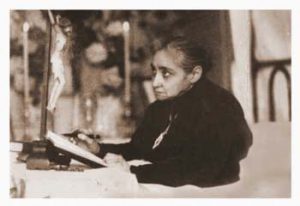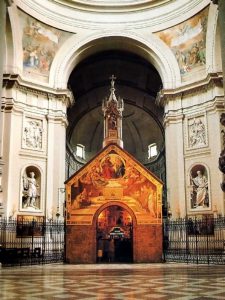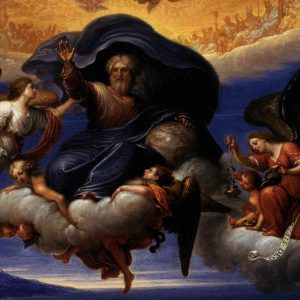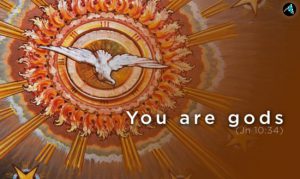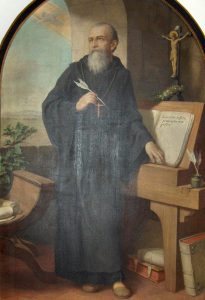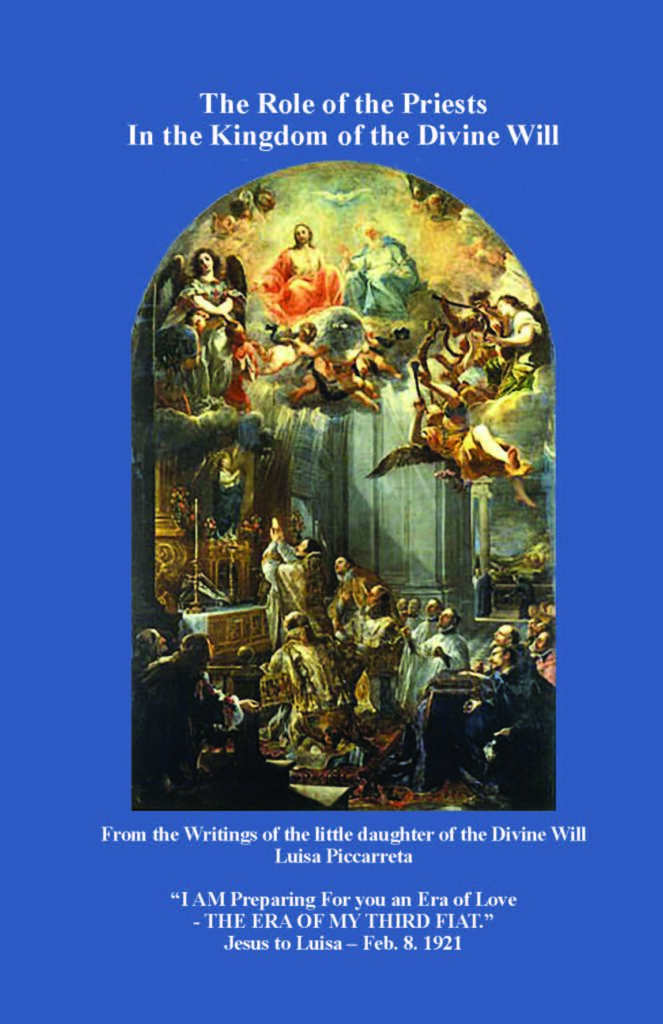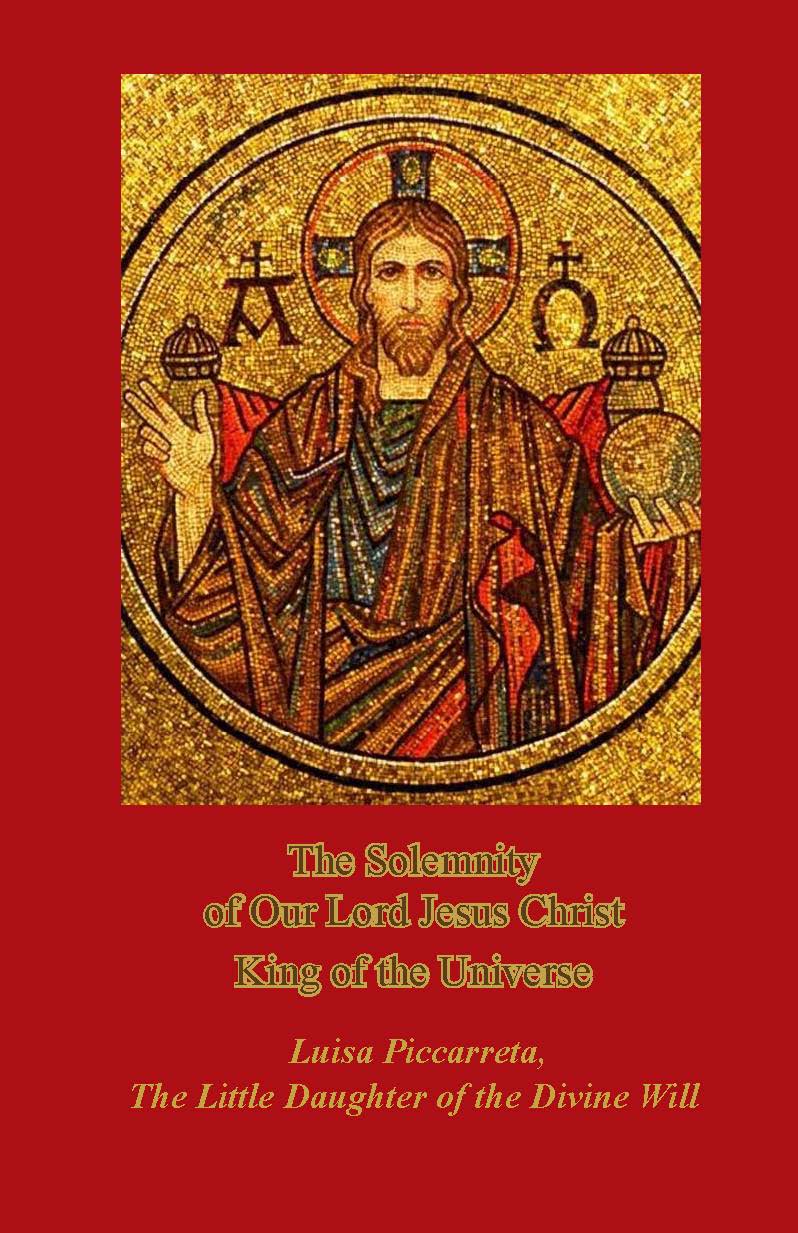Our Lady of Mt. Carmel and the Brown Scapular
Patrice Fagnant-MacArthur

July 16th is the feast day of Our Lady of Mt. Carmel. This is in remembrance of the day in 1251 when Mary appeared to St. Simon Stock, a monastic who was living in England. She appeared with the Brown Scapular in hand and uttered these words: “Take, beloved son this scapular of thy order as a badge of my confraternity and for thee and all Carmelites a special sign of grace; whoever dies in this garment, will not suffer everlasting fire. It is the sign of salvation, a safeguard in dangers, a pledge of peace and of the covenant.”
A “scapular” was originally a type of clothing worn by monks when working. It fit over the shoulders and covered the front and back. The Carmelites were one such group that wore this vestment. Over time, and in light of the apparition of Mary, the scapular became a sign of trust in Mary as well as commitment to Christ. During the middle ages, groups of lay people began to become affiliated with the monastic orders. The orders in turn wanted to give these lay people an outward sign of that affiliation. For the Carmelites, a smaller version of the scapular was developed and worn.
There is much misunderstanding that surrounds the scapular, both in and out of Catholic circles. Some view it as superstitious. Others see it as a good luck charm — if I wear my scapular, I am guaranteed salvation regardless of how I live my life. This is not the case at all. EWTN.com emphasizes that the scapular “must not be understood superstitiously or magically, but in light of Catholic teaching that perseverance in faith, hope and love are required for salvation. The scapular is a powerful reminder of this Christian obligation and of Mary’s promise to help those consecrated to her obtain the grace of final perseverance.”
According to Carmelnet.org, the scapular represents the following spiritual meanings:
- It stands for a commitment to follow Jesus, like Mary, the perfect model of all the disciples of Christ. This commitment finds its origin in baptism by which we become children of God.
- It leads us into the community of Carmel, a community of religious men and women, which has existed in the Church for over eight centuries.
- It reminds us of the example of the saints of Carmel, with whom we establish a close bond as brothers and sisters to one another.
- It is an expression of our belief that we will meet God in eternal life, aided by the intercession and prayers of Mary.
Investment with the scapular requires a priest or deacon to place a blessed scapular over a person’s head while reciting a prayer to Mary such as the Hail Mary, Hail Holy Queen, or Memorare. Investment must be done with a cloth scapular, although after that time, the wearer may choose to wear a blessed metal scapular instead.
Prayer to Our Lady of Mt. Carmel
O Most beautiful flower of Mount Carmel, fruitful vine, splendor of Heaven, Blessed Mother of the Son of God, Immaculate Virgin, assist me in this my necessity. O Star of the Sea, help me and show me herein You are my Mother.
O Holy Mary, Mother of God, Queen of Heaven and Earth, I humbly beseech You from the bottom of my heart to succor me in this necessity. There are none that can withstand Your power.
O show me herein You are my Mother. O Mary conceived without sin, pray for us who have recourse to Thee. (repeat 3 times)
Sweet Mother, I place this cause in Your hands. (repeat 3 times)
The Brown Scapular
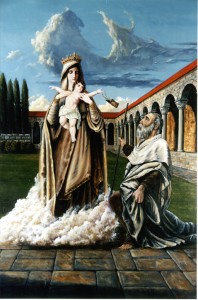
Sabbatine Privilege, Blessing and Investiture
“Those who die wearing this scapular shall not suffer eternal fire!”
–Our Lady to St. Simon Stock
“Wear it devoutly and perseveringly; It is my garment. To be clothed in it means you are continually thinking of me, and I, in turn, am always thinking of you and helping you to secure eternal salvation.”
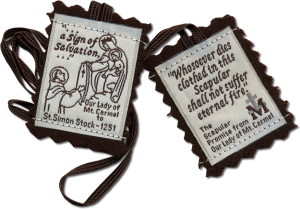
THE BROWN SCAPULAR – A SIGN OF DEVOTION TO MARY
The Brown Scapular is a Roman Catholic devotion to Mary under her title of Our Lady of Mount Carmel. It is worn as a sign of love and devotion for the Mother of God. The Carmelite Order, to which the Scapular belongs, originated on Mt. Carmel in the Holy Land and the Scapular is itself a reflection in miniature of the habit (scapular: a sleeveless outer garment falling from the shoulders) which the monks wear as a sign of their vocation and devotion. Over the years the scapular, at least for lay people, became much smaller in size and made of small pieces of wool cloth suspended front and back.
OUR LADY APPEARS TO ST. SIMON STOCK
The Scapular was presented by Our Lady to St. Simon Stock, the Father General of the Carmelite Order, on July 16, 1251. St. Simon’s story is very interesting. He was an English hermit and lived in the hollow of a tree, hence he received the name “stock”. In time he became a Carmelite priest and later the Father General of the order. He led the order during a time of struggle. The Carmelites originally were hermits on Mount Carmel, near Nazareth in the Holy Land. When they migrated to Europe, in this case England, some saw great wisdom in no longer being hermits and instead becoming friars who would work among the people. St. Simon guided them through this state of transition. In the year 1251 a most momentous vision took place. St. Simon Stock, newly transplanted to England, prayed earnestly to Our Lady for help. Then to him appeared the Blessed Virgin with a multitude of angels, holding the Scapular of the order in her blessed hands …
MARY’S PROMISE TO THOSE WHO WEAR THE SCAPULAR
Our Lady gave St. Simon a scapular for the Carmelites with the following promise, saying : Receive, My beloved son, this habit of thy order: this shall be to thee and to all Carmelites a privilege, that whosoever dies clothed in this shall never suffer eternal fire …. It shall be a sign of salvation, a protection in danger, and a pledge of peace.
Another important aspect of wearing the Scapular is the Sabbatine Privilege. This concerns a promise made by Our Lady to Pope John XXII. In a papal letter he issued, he recounted a vision that he had. He stated that the Blessed Virgin had said to him in this vision, concerning those who wear the Brown Scapular: “I, the Mother of Grace, shall descend on the Saturday after their death and whomsoever I shall find in Purgatory, I shall free, so that I may lead them to the holy mountain of life everlasting.”
There are three requirements to make oneself eligible for this privilege: 1st, we must wear the Scapular; 2nd, observe Chastity according to our state of life and 3rd, recite the Little Office of Our Blessed Mother (The Rosary can be substituted for the office by obtaining permission from a priest.) Our Lady revealed to Venerable Dominic of Jesus and Mary: “Although many wear my Scapular, only a few fulfill conditions for the SABBATINE PRIVILEGE.” We maintain the majority don’t know them. It is an act of charity to make the SABBATINE PRIVILEGE known to all.
CONDITIONS AND RITUALS ATTACHED TO THE SCAPULAR
According to Church tradition, there are three conditions necessary to participate in this Privilege and share in the other spiritual benefits of the Scapular: wear the Brown Scapular, observe chastity according to your state in life, and pray the Little Office of the Blessed Virgin Mary or Rosary. In addition to the Sabbatine Privilege, enrollment in the Brown Scapular also makes a person part of the Carmelite family throughout the world. They therefore share in all of the prayers and good works of the Carmelite Orders. Participation in the Carmelite family also, of course, places you in a special relationship with the Carmelite saints, especially St. Elijah, St. Teresa of Avila, St. John of the Cross, St. Therese of Lisieux, and, most importantly, Our Lady of Mount Carmel.
In order to receive the spiritual blessings associated with the Scapular, it is necessary to be formally enrolled in the Brown Scapular by a valid priest. Once enrolled, the enrollment is for life and need not be repeated. Any baptized , adult or infant, who has not previously been enrolled may be enrolled in the Brown Scapular.
VALUE AND MEANING OF THE SCAPULAR
Many popes and saints have strongly recommended wearing, the Brown Scapular to the Catholic Faithful, including St. Robert Bellarmine, Pope John XXII, Pope Pius Xl, and Pope Benedict XV. For example, St. Alphonsus said: “Just as men take pride in having others wear their livery, so the Most Holy Mary is pleased when Her servants wear Her Scapular as a mark that they have dedicated themselves to Her service, and are members of the Family of the Mother of God.”
Pope Pius XII went so far as to say: “The Scapular is a practice of piety which by its very simplicity is suited to everyone, and has spread widely among the faithful of Christ to their spiritual profit.”
The two great founders of their own respective Orders, St. Alphonsus of the Redemptorists and St. Don Bosco of the Salesians-both had a very special devotion to Our Lady of Mount Carmel and both wore Her Brown Scapular. When they died, they were buried in their priestly vestments and Scapulars. Many years later, their graves were opened, the bodies and sacred vestments in which they were buried decayed-dust! BUT THE BROWN SCAPULAR WHICH EACH WAS WEARING WAS PERFECTLY INTACT. The Scapular of St. Alphonsus is on exhibit in his monastery in Rome.
Bl. Claude de la Colombiere, the renowned Jesuit and spiritual director of St. Margaret Mary, gives a point which is enlightening. He said: “Because all the forms of our love for the Blessed Virgin, all its various modes of expression cannot be equally pleasing to Her, and therefore do not assist us in the same degree to Heaven. I say without a moments hesitation that the BROWN SCAPULAR IS THE MOST FAVORED OF ALL!” He also adds: “No devotion has been confirmed by more numerous authentic miracles than the Brown Scapular.”
At Fatima, Our Lady had confirmed St. Dominic’s prophecy as recorded by Fr. Marianus Ventimiglia author of an ancient history of the Carmelite Order, published in Naples in 1773. His work revealed how God inspired St. Dominic to prophesize that someday the Blessed Mother would give us two devotions to be known as the Rosary and the Brown Scapular. The following account is given as recorded: “In 1208, three famous men of God met on a street corner in Rome. They were Friar Dominic, busy gathering recruits to a new Religious Order of Preachers; Brother Francis, the friend of birds and beasts and especially dear to the poor; and Angelus, who had been invited to Rome from Mount Carmel, in Palestine, because of his fame as a preacher. At their chance meeting, by the light of the Holy Spirit each of the three men recognized each other and, in the course of their conversation (as recorded by various followers who were present), they made prophecies to each other. Saint Angelus foretold the stigmata of Saint Francis, and Saint Dominic said: “One day, Brother Angelus, to your Order of Carmel the Most Blessed Virgin Mary will give a devotion to be known as the Brown Scapular, and to my Order of Preachers she will give a devotion to be known as the Rosary. And one day, through the Rosary and the Scapular, she will save the world.” She in fact gave the Rosary to St. Dominic in 1214, some six years later. Holding the Rosary and the Scapular, Our Lady’s Requests at Fatima were for all men to consecrate themselves to Her Immaculate Heart. In this request she has asked us to pray the Rosary, do penance and wear her Brown Scapular. In the final Fatima vision on October 13, 1917, the Virgin appeared clothed as Our Lady of Mount Carmel holding the Brown Scapular in Her hands. During this time no words were spoken. Lucia, later said: “Our Lady never looked so beautiful as when she appeared in Her Carmelite habit.” The very fact that she was holding the Brown Scapular tells us that she wants us to take it and use it! Lucia again said of the Brown Scapular and the Immaculate Heart of Mary: “Our Lady wants everyone to wear it (brown scapular); it is the sign of consecration to her Immaculate Heart.”
FIAT!

